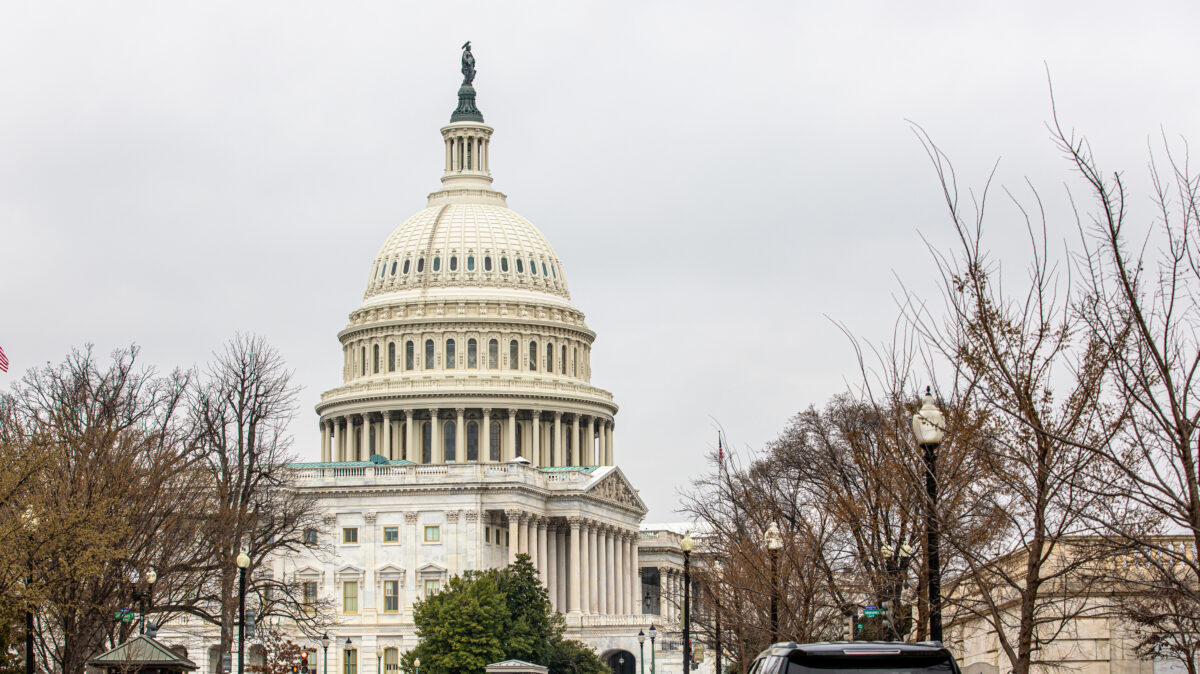Ready, Set, Go!
TOPICS
USDAGuest Author
Special Contributor to FB.org

photo credit: AFBF Photo, Philip Gerlach
Guest Author
Special Contributor to FB.org
By Dale Moore
A new year, new administration and new Congress add up to a new mandate for those of us fortunate enough to represent farmers and ranchers in Washington, D.C. With more than 60 new members of Congress and a slate of cabinet nominees, we’re “Zooming” like never before. A pretty clear picture is already emerging of what’s ahead.
One key action that must be taken quickly by the new administration to show concern for agriculture will be to follow through on implementation of the COVID assistance package finished in the final hours of the 116th Congress. There will also be significant attention focused on ensuring farmer/rancher/worker safety in the agricultural and food supply chain.
There is no doubt that climate policies will be on the table in 2021, with the Biden administration, members of Congress and major food companies making sustainability commitments.
I also anticipate there will be several familiar faces among the political appointments made for agriculture and rural programs to show that President-elect Biden appreciates and recognizes rural America. I would also note that his early announcement of who he intends to nominate for the U.S. Trade Representative position shows that trade will be a day one focal point, and rightly so. International trade’s impact on virtually all agricultural commodities is well documented.
We’ve seen firsthand the disruption caused when unfair retaliatory tariffs are placed on our commodities and products. We need fair trade, quick resolution of trade disputes and protection against non-tariff trade barriers.
President-elect Biden has talked a lot about infrastructure, and that’s a good thing for agriculture and rural America. The needs are clear and topping the list is broadband. The pandemic made painfully clear the consequences of the digital divide creating “haves” and “have nots.” The gap is devasting to rural communities not only because of the critical role of technology on farms today, but also in health care and education with telemedicine and virtual learning becoming necessities. It will also be important to address long-standing (and long-neglected) bridges, locks, dams and harbors that are critical to transporting vital supplies to farms and moving commodities to market.
There is no doubt that climate policies will be on the table in 2021, with the Biden administration, members of Congress and major food companies making sustainability commitments. We laid some solid groundwork to ensure farmers and ranchers are treated fairly by helping to form both Farmers for a Sustainable Future and the Food and Agriculture Climate Alliance, both of which advocate for voluntary, market-based programs that treat farmers as partners. Both also increase awareness of all the great work farmers and ranchers have already done and continue to do day-in and day-out. Did you know that if we had tried in 1990 to produce the same amount of food we did in 2020, we would have needed 100 million more acres? That’s how much more productive farmers have become. They’ve also committed more than 140 million acres to conservation – more than the land mass of California and New York combined. I could go on, but the point is farmers and ranchers have long been committed to sustainability and making impressive progress. They stand ready to be good partners going forward, too, as long as they are treated with respect and not crushed by the weight of the demands placed upon them.
One area still begging for progress is labor and meeting the demand for a legal, stable and readily available agricultural workforce. The need for reform is immediate, yet the solutions remain locked up in the legislative process. The solutions must be long-term and affordable because if farms go out-of-business, the jobs they provide go out the window.
The regulatory front is always a big concern for agriculture and we’ll be watching closely. Regulatory overreach can have devastating consequences for farmers and we’re already working to ensure newly elected and newly appointed leaders understand that.
On a final note, I think agriculture breathed a collective sigh of relief when Tom Vilsack was nominated to make a return appearance as Agriculture Secretary. He knows agriculture and the issues important to farmers, ranchers and rural communities from his previous eight years in the role. He also knows the USDA agencies, authorities and many of the career civil servants who make things happen, so he’ll hit the ground running once confirmed.
With commodity prices on the upswing and hopes a vaccine will put the COVID-19 pandemic on a downswing, my fingers are crossed that agriculture’s long tradition of optimism about the future is rewarded in 2021.
Dale Moore is the executive vice president of the American Farm Bureau Federation.
Top Issues
VIEW ALL